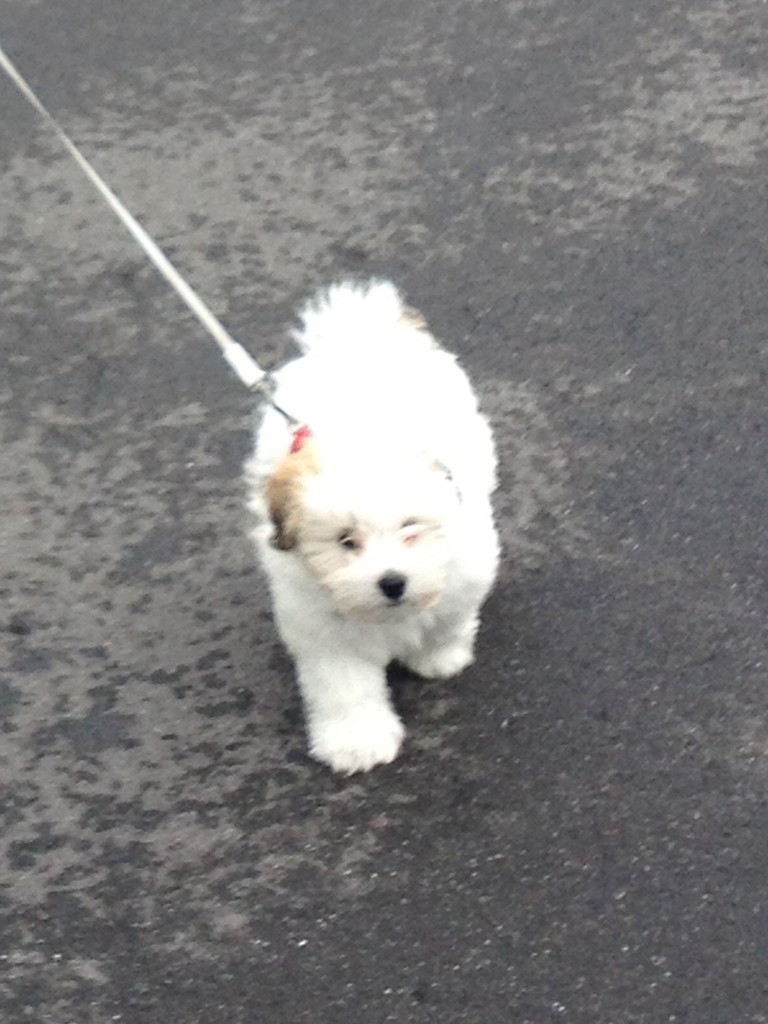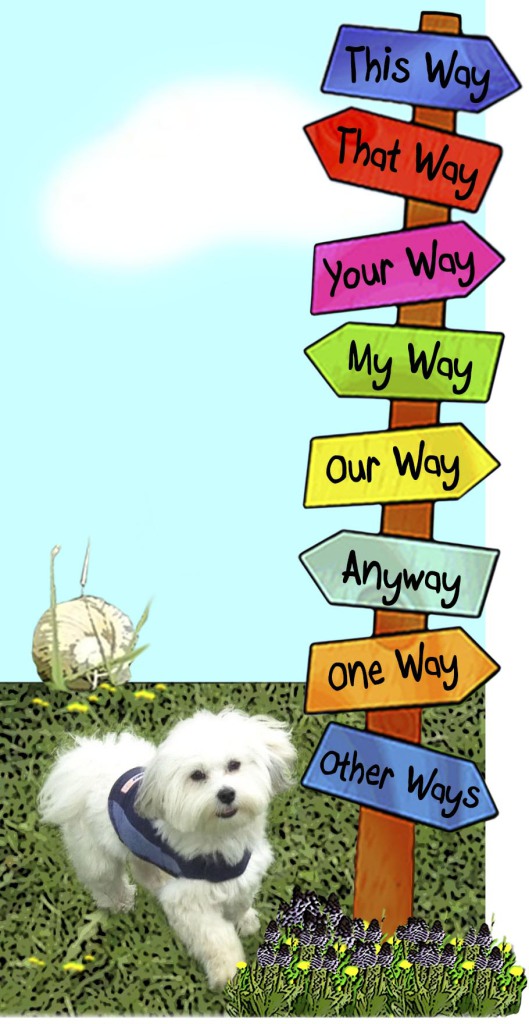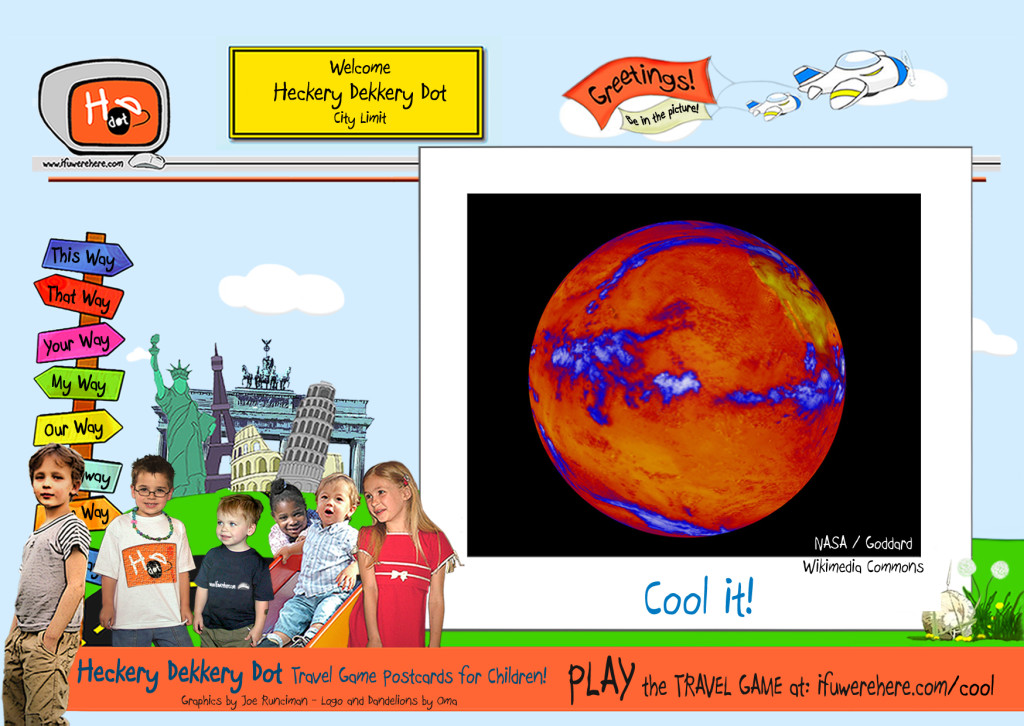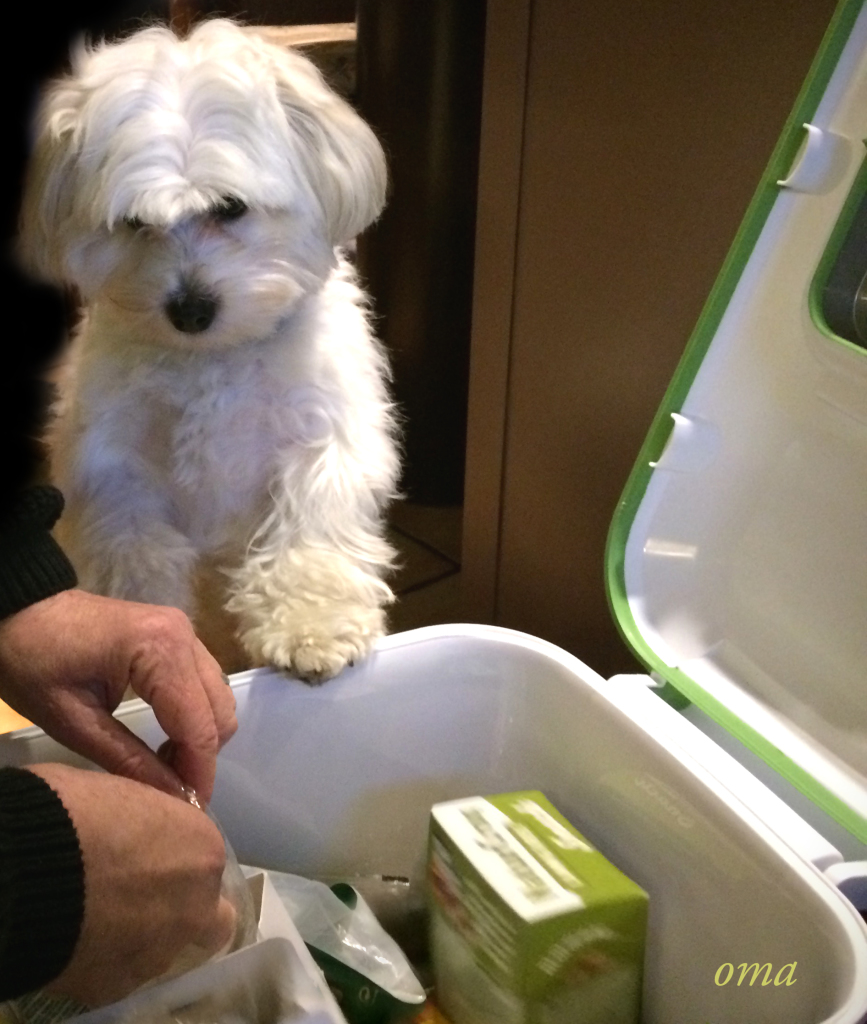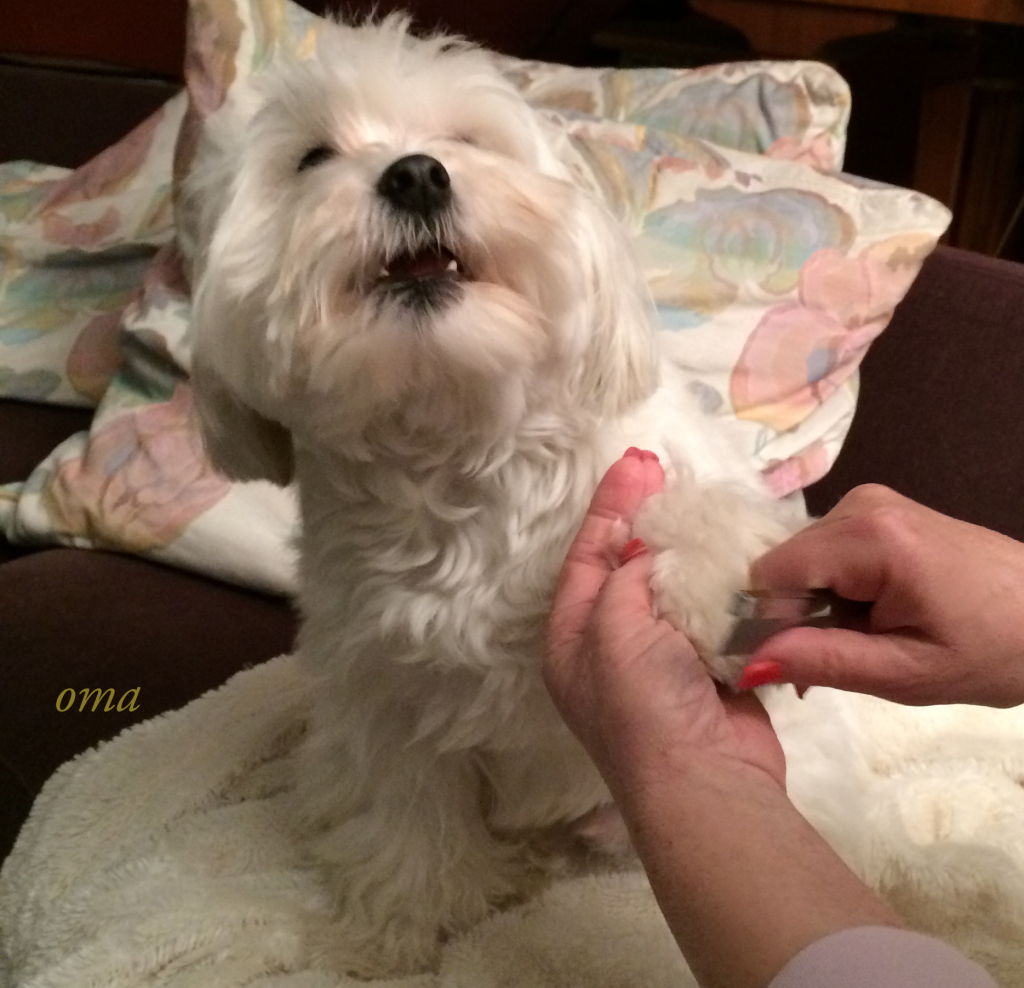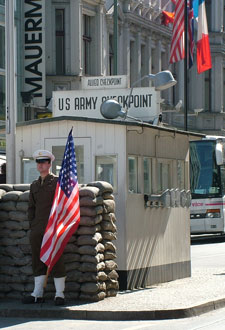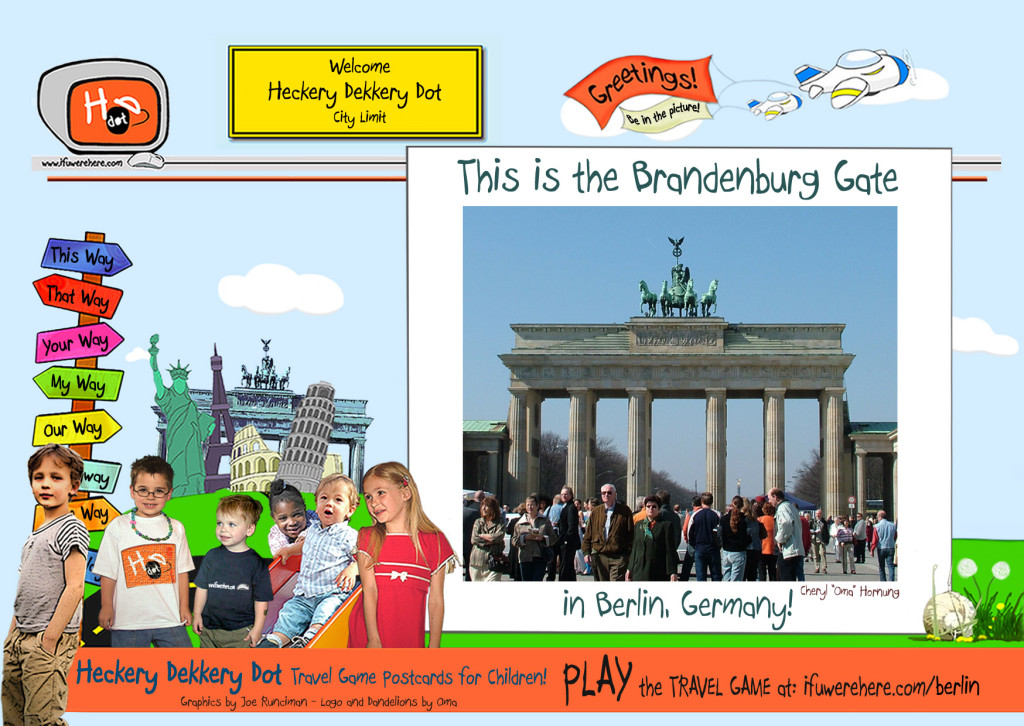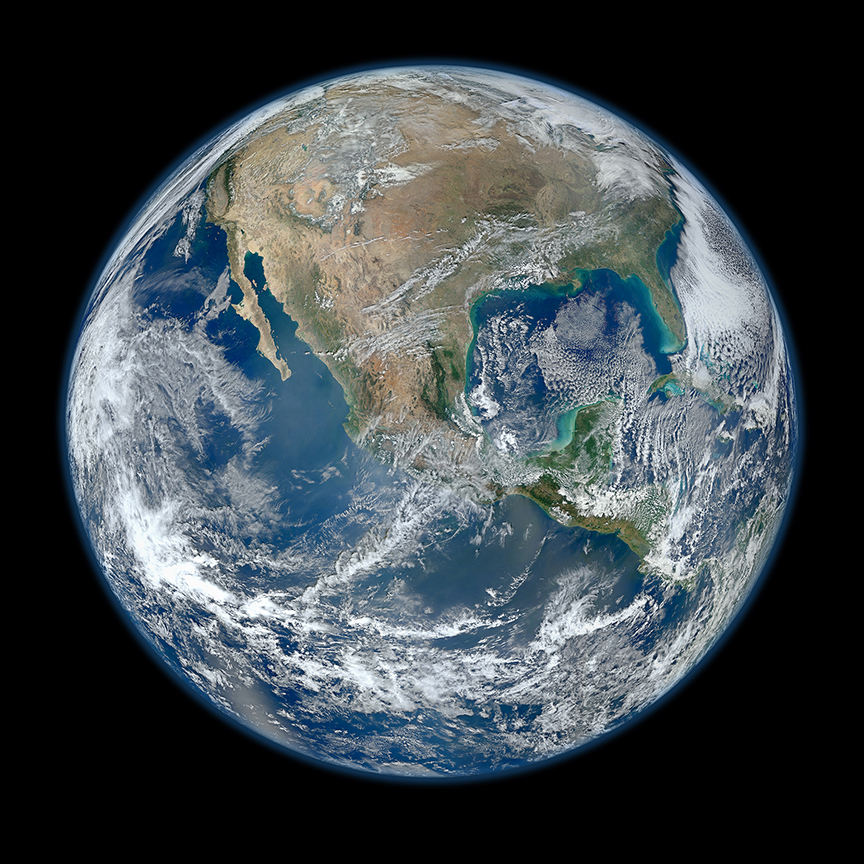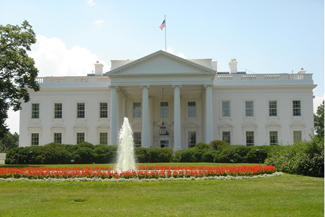A warning from Stanford Biology Professor Rodolfo Dirzo and his colleagues ––
“. . . their loss would have trickle-down effects that could shake the stability of other species and, in some cases, even human health.
For instance, previous experiments conducted in Kenya have isolated patches of land from megafauna such as zebras, giraffes and elephants, and observed how an ecosystem reacts to the removal of its largest species. Rather quickly, these areas become overwhelmed with rodents. Grass and shrubs increase and the rate of soil compaction decreases. Seeds and shelter become more easily available, and the risk of predation drops.
Consequently, the number of rodents doubles – and so does the abundance of the disease-carrying ectoparasites that they harbor.”
Super reporter Heckery Dekkery Dog comes to this conclusion, too, and in a manner that is not too scary for children, in PEACE, HIPPO! and Other ENDANGERED ANIMALS Too!
If there are not enough big animals around, there will be too many smaller ones––like rodents––which can carry disease that makes us sick! If there are not enough small animals around, there will be too many bigger ones competing for our food! From the cutest to the scariest, from the smallest creepiest and crawliest to the biggest fiercest and brawliest, ALL animals, even rodents––within reason––play an important role. Balance! Balance is the answer!’ cried Rufus. ‘We need balance! There must be a way!
This newly released children’s book introduces conservation and practical ways kids can make a difference, and it includes links to a number of kids’ science and environmental sites. There’s also a comprehensive list of readings. Although it is a children’s book, everyone can learn a lot reading this book and had fun doing it.
Read the full Stanford article here:
PEACE, HIPPO! and Other ENDANGERED ANIMALS Too! is available here.

